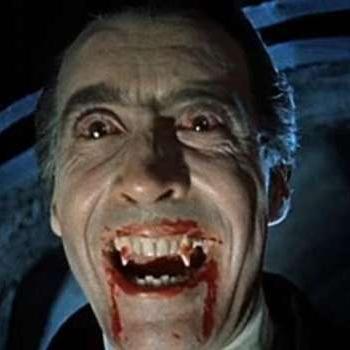By Christian Hamaker
A major publicity angle for Unsane, the new thriller from Steven Soderbergh, is the director’s use of the iPhone 7 to shoot the entire film.
That is, to put it nicely, not much of a selling point.
The first widely heralded iPhone-shot film, Sean Baker’s Tangerine, was notable mainly for showing that such a thing could be pulled off at feature length. But Baker moved away from the iPhone for his gorgeous follow-up, The Florida Project, which was shot on 35 mm film (with the exception of its climactic sequence—an imagined moment shot on the iPhone that looks different from everything else throughout the rest of the film).
Now Soderbergh, fascinated with the possibilities of filmmaking technology, has used three iPhone 7s to film Unsane, a story of psychological torture and alienation. The approach sounds intriguing in theory, but in execution, it’s tedious. Unsane is too often slack where it should be taut, and visually it’s often just plain ugly.
That latter characteristic is, admittedly, somewhat by design, as much of Unsane takes place in the sterile rooms and halls of a facility where Sawyer Valentin (Claire Foy) has gone seeking treatment. She’s moved hundreds of miles to Pennsylvania, away from her family in Boston, because she’d been victimized by a stalker.
“I’m not rational. I’m alone in a strange city. I never feel safe,” she says. She signs herself into a hospital for observation, then discovers she’s signed away her right to leave. Her every move to escape only leads to an extension of the forced confinement. She uses another patient’s (Jay Pharoah) cellphone, her only line to the outside world, to summon the help of her mother (Amy Irving) while she fends off a disturbed patient (Juno Temple) and her stalker (Joshua Leonard), who has followed her to the facility and is now one of the doctors in charge of her care. Or is Sawyer just imagining her tormentor?
This is the kind of pulpy material that can be discounted when it comes from filmmakers known for bigger-budget, star-driven vehicles. But sometimes that discounting is justified. Soderbergh—who has made a career of one-for-the-studio, one-for-me tradeoffs, alternating introspective stories like Sex, Lies and Videotape and King of the Hill with blockbusters like Oceans Eleven and Oscar vehicles like Erin Brockovich—seems like a strong candidate for such a film. But his decision to shoot the film with iPhones, combined with the incessant promotional talk about how the film was shot rather than what purpose that innovation serves in telling the story, is a tip-off that the material simply isn’t very strong.
Although Foy is a compelling presence on screen, the script (from the writers of the Jackie Chan vehicle, The Spy Next Door, and Just My Luck, starring Lindsay Lohan) is less than convincing, so Soderbergh resorts to fisheye lenses and off-kilter visuals that seem a rather obvious way to reflect Sawyer’s turmoil. The film’s finale delivers a few charges that Unsane could have used earlier, when it’s rather listless in its portrait of a troubled soul in need of healing. But healing isn’t in the story’s, or Soderbergh’s, interest.
With Unsane, Soderbergh is much more fascinated by the how of filmmaking than he is in the story he’s telling. If the director doesn’t care about his characters, why should we?










